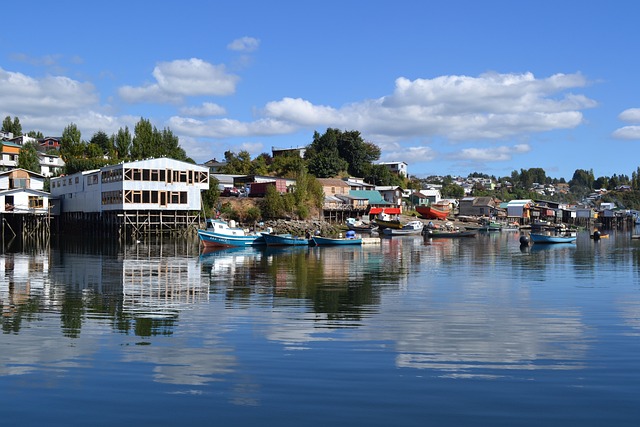In the chapter of the Great Encyclopedia of Chile, we have reviewed the main aspects of the Metropolitan Region of Santiago.
Territorial organization and Physical geography
-
Its capital is Santiago and is located between the 32°55´and the 34° 19° south latitude and between the 69° 46´and 71° 43´west longitude, approximately.
-
It has a surface of 15.403,2 km2 and a population of 6.061.185 inhabitants (2002 Census)
-
Administratively, this region comprises six provinces: Santiago, Cordillera, Chacabuco, Maipo, Melipilla and Talagante.
Human and economical geography
-
Out of the regional total (6.062.185 inhabitants), 96.9% belong to the urban population.
-
According to the 2002 Census, the comunas (counties) with the highest growth were Quilicura, Puente Alto and Maipu.
-
The main regional economical activities are: financial and industrial services; manufacturing industry; commerce, restaurants and hotels, personal, transport and communications services.
Tourist geography
-
Santiago is characterized for having beautiful parks, squares and boulevards such as: Plaza de Armas, Parque Forestal, Parque Bustamante, Cerro Santa Lucia, Quinta Normal, etc.
-
Some of this zone´s Protected Wild Areas are: Reserva Nacional Rio Clarillo, the Reserva nacional Robleria del Cobre de Loncha and the Monumento Natural El Morado.
«Authorized for publishing by Resolution Nº190 from June 12th 2008 by the National Office of State Borders and Boundaries.
The publication and circulation of the maps that refer or are related to Chile’s boundaries and borders do not make a commitment on the part of the State of Chile, in accordance with Art. 2º, letter g) of the DFL (decree) Nº83 from 1979 by the Ministry of Foreign Relations».





 Muere Evita
Muere Evita